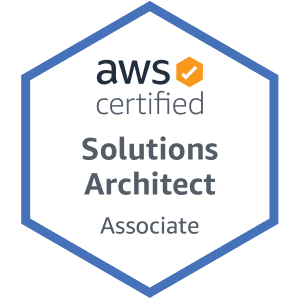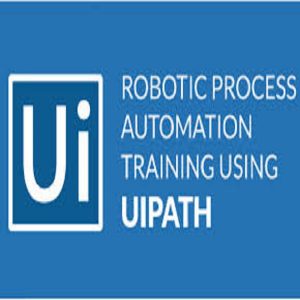Instructor-led Microsoft Azure Developer AZ-204 live online classes
Date |
Duration |
Timings |
|---|---|---|
| SOLD OUT |
||
| May 30th | FRI & SAT (6.5 Weeks) Weekend Batch | ⚡Filling Fast Timings – 09:30 PM to 10:30 PM (EDT) |
Adda For Your Certification Needs
Microsoft Azure Developer Associate (AZ-204) course is designed to help you prepare for the Exam AZ-204: Developing Solutions for Microsoft Azure, which is required to attain the Azure Developer Badge (Associate-level). You will be able to demonstrate comprehensive knowledge of Azure development using IaaS, PaaS solutions, and related Storage, Security, and Integration Services.
$551.00 Original price was: $551.00.$499.00Current price is: $499.00.
Date |
Duration |
Timings |
|---|---|---|
| SOLD OUT |
||
| May 30th | FRI & SAT (6.5 Weeks) Weekend Batch | ⚡Filling Fast Timings – 09:30 PM to 10:30 PM (EDT) |
Learning Objective: Get a brief overview of Microsoft Azure and its Infrastructure as a Service(IaaS) Compute Solutions. Learn how to plan for VM deployment and create VMs using Azure Portal, PowerShell and C# code.
Topics:
Hands-On:
Learning Objective: Learn how to create and use ARM templates for repeatable deployments and encrypt Azure VM disks.
Also, learn to use Azure Batch, which creates and manages a pool of compute nodes (VMs), installs the applications you want to run, and schedules jobs to run on the nodes.
Topics:
Hands-On:
Learning Objective: Build and run modern, portable, Microservices-based applications that benefit from Kubernetes orchestration and manage the availability of those application components.
Topics:
Hands-On:
Learning Objective: Use Azure App Service Web Apps for hosting web applications, REST APIs, and mobile back ends. Add more power to application by implementing security, load balancing, autoscaling, and automated management. Also, build engaging cross-platform and native apps using Azure App Service Mobile Apps.
Topics:
Hands-On:
Learning Objective: Learn how to create and document an Azure App Service API and implement Azure Functions, which is a solution for easily running small pieces of code, or “functions,” in the cloud.
Topics:
Hands-On:
Learning Objective: Use Azure Table storage service, that stores structured NoSQL data in the cloud, providing a key/attribute store with a schema-less design. Also, learn how to use Azure Cosmos DB storage to manage containers and items, handle documents by using code, and implement scaling.
Topics:
Hands-On:
Learning Objective: Learn about Azure SQL Database, a managed service which is a general-purpose relational database that supports structures such as relational data, JSON, spatial, and XML. Also learn about Azure Blob storage, which is Microsoft’s object storage solution for the cloud. Blob storage is optimized for storing massive amounts of unstructured data.
Topics:
Hands-On:
Learning Objective: Learn about Microsoft identity platform, which is an evolution of the Azure Active Directory (Azure AD) identity service and developer platform. It allows developers to build applications that sign in all Microsoft identities, get tokens to call Microsoft Graph, other Microsoft APIs, or APIs that developers have built. Also, learn about Claims-based and Role-based access control.
Topics:
Hands-On:
Learning Objective: This module covers securing data at rest and during transmission. You will also learn how to leverage Azure Cache for Redis and Azure CDNs to deliver assets to users more quickly.
Topics:
Hands-On:
Learning Objective: This module covers adding code to your app to send the data to Azure Monitor, which is the central service that includes all the tools you need to monitor and optimize your solution. This module also covers how applications scale and how to handle troubleshooting.
Topics:
Hands-On:
Learning Objective: This module provides an overview of Logic Apps and API Management. In this module, you will also learn how to integrate Azure Search (Search-as-a-Service).
Topics:
Hands-On:
Learning Objective: Develop event-based solutions in Azure by integrating Azure Event Grid, Event Hubs, and Notification Hubs in your applications. Also, learn about Microsoft Azure Service Bus, which is a fully managed enterprise integration message broker.
Topics:
Hands-On:






